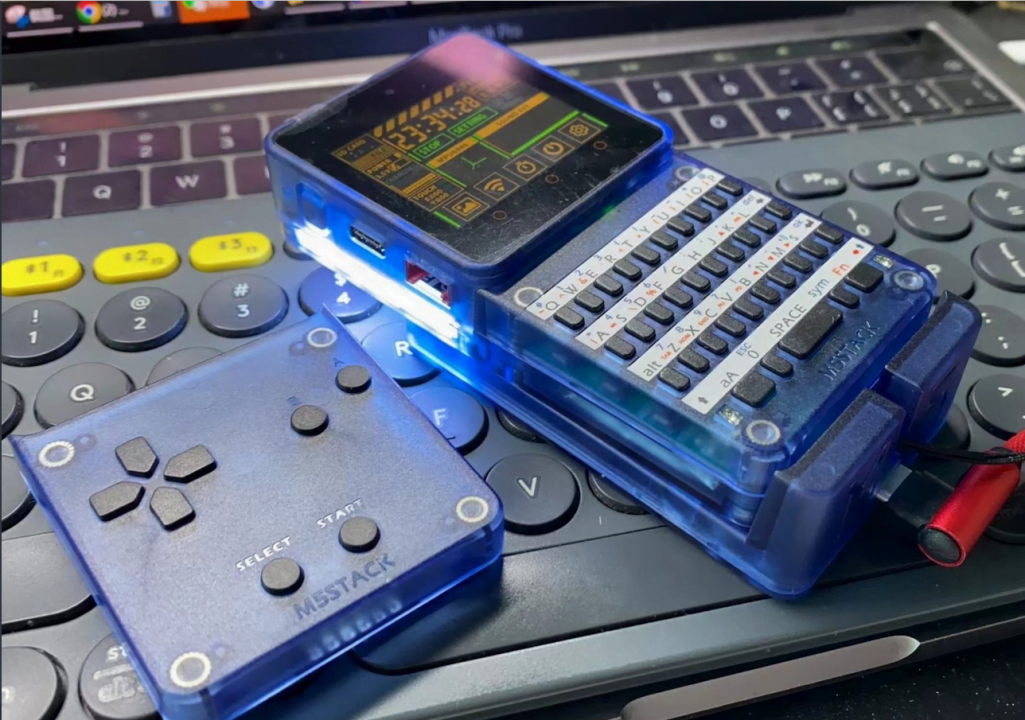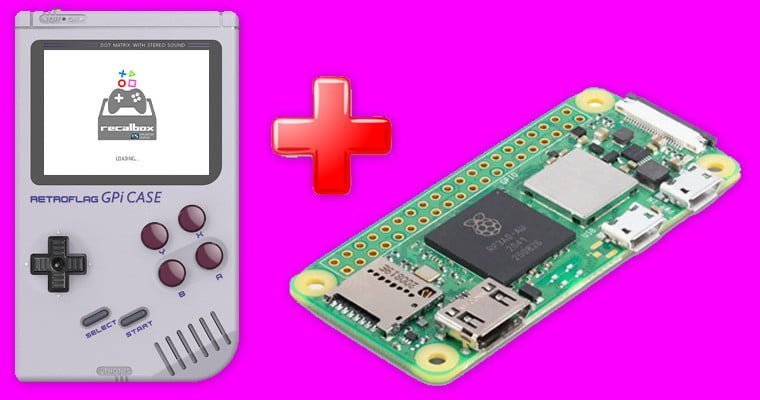Last Updated on November 4, 2020
Almost everyone interested in retro gaming has either tried the Raspberry Pi or considered it. The little computer has its advantages, but also its shortcomings. The latest model might change that.
The Raspberry Pi 400 is basically a new board, based on the Raspberry Pi 4, mounted inside a stylish keyboard. Ports are all accessible at the back of the keyboard, such as USB, Ethernet, USB-C power, and micro HDMI. There is even access to the GPIO, positioned at 90 degrees for ease of use, and all of the standard Raspberry Pi software and operating systems should run – particularly the Linux-based Raspberry Pi OS.
The retro aspect of this new Raspberry Pi is obvious. As with many devices of the classic 8-bit era, the keyboard is the computer. Think Commodore 64, ORIC 1, ZX Spectrum – the list goes on.
As for the keyboard itself, this is available with UK and US English keyboards, as well as Spanish, French, German, and Italian variants.
Inside, there’s a Broadcom BCM2711 quad-core Cortex-A72 (ARM v8) 64-bit SoC @ 1.8GHz with 4GB of LPDDR4-3200. There is no indication of an 8GB version at this stage. The Pi 400 has Dual-band (2.4GHz and 5.0GHz) IEEE 802.11b/g/n/ac wireless LAN and Bluetooth 5.0 BLE. It can handle HD graphics, with H.265 (4Kp60 decode); H.264 (1080p60 decode, 1080p30 encode); OpenGL ES 3.0 graphics.
Two bundles are available for this computer. One is the barebones Raspberry Pi 400 with no accessories and peripherals – you’ll need to set this up yourself. The other is the more complete option with power supply, mouse, pre-installed Raspberry Pi OS microSD card, micro-HDMI cable, and an Official Beginners Guide.
This little computer is ready for anything, from desktop replacement to programming hub, retro gaming platform, and beyond.

Gaming since 1984, retro gaming since 2004. Contributes to Linux Format magazine, TechRadar.com, and other publications.




